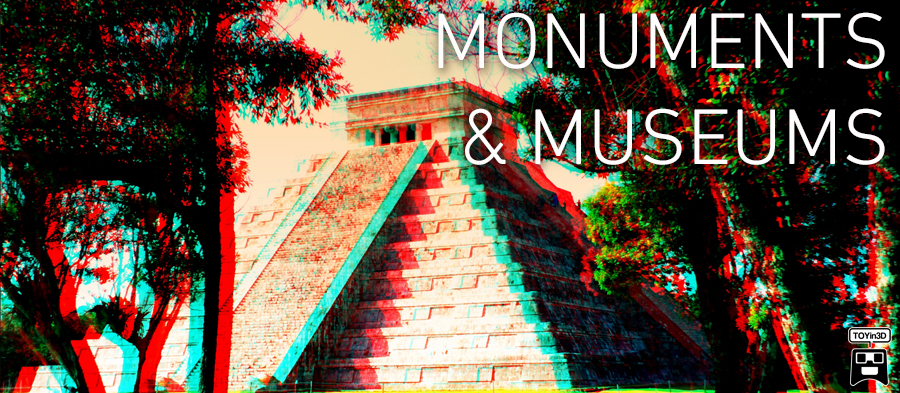NICT, in collaboration with JVC Kenwood, has developed a 200″ auto-stereoscopic Full HD 3D display which shows video from 57 different angles. This means multiple people can walk around in front of the screen and see around corners or behind objects.
“This display lets you watch video from 57 different angles. And no matter which angle you’re viewing from, you can see a Full High Definition resolution image. With an ordinary display, the viewing range is basically around 180 degrees, but with this one, it’s 13 degrees, which is very narrow. But within that range, for example if you look from the right edge, and from the left, you can see the picture from different angles. So for example, if you’re looking at a square box, you can see the sides at well.”
To show such a large range of viewing angles, the display uses 57 projectors in an array, with each one specially tuned to create uniform levels of brightness and color balance across all viewpoints.
The 200″ screen weighs 500kg and consists of a condenser lens which focuses the light creating a sharp image, and a special diffuser film which lowers the horizontal diffusion angle, creating a smooth transition between the different viewing angles.
“We’re also working on actual video capture, but we’re not yet at the stage of releasing results. We expect we’ll be able to present results in the near future. We need to film the video using cameras at 2cm intervals. If we used HD cameras they would bump in to each other, so we can’t just place them side by side. In the case of CG however, we can arrange the cameras wherever we like, at intervals of 1 mm or even 0.5 mm, for example.”
In the future, they plan to increase the number of parallax images from 57 to 200 as well as expand the viewing area, with potential commercial applications in fields such as design and digital signage.
“In fact, we’re already doing technology transfer. So whether this becomes practical will also depend on what businesses think. But this is how far we’ve come so far.”
Source: http://en.akihabaranews.com



























